Tomato benefits the health and enriches the diet in a number of ways. Growing your own tomatoes at home is a wonderful idea. But if the climate where you live is not ideal for their cultivation, or you do not have outside space to play with, you might wonder whether it is possible to grow tomato plants indoors.
Can You Grow Tomatoes Indoors?

The good news is that you can definitely grow tomatoes indoors. There are a number of ways to do so, but one key challenge is making sure that your tomato plants, with high light needs, get the light that they need to survive and thrive.
As long as you can provide enough light, either from natural sunlight or from full spectrum grow lights, you can definitely get a home-grown harvest of this popular crop.
You just need to think about your options, and decide whether you will grow your tomatoes in pots, in soil-based or soil-like potting mix, or in water in a hydroponic or aquaponic system.
Can You Grow Tomatoes Hydroponically?
Tomatoes can indeed be grown hydroponically. In fact, tomatoes are well suited to a range of hydroponic or aquaponic systems and can thrive in such a setting.
Growing tomatoes hydroponically can actually speed up fruit production and increase the size of tomato harvests if the system is successful and has been set up correctly. Growing in this way can save water too, and a closed loop aquaponics system is a very sustainable and eco-conscious choice.
Types of Tomato Suitable for Indoor Growing
When looking for the right varieties of tomato to grow indoors, whether more traditionally or in a hydroponic or aquaponic systems, it is important to understand the two main different types.
Determinate Tomatoes (Bush tomatoes)
The first main type of tomato is the bush, or determinate tomato. These tomatoes, as the name suggests, have a bushy and more compact form and develop their fruits on the end of their stems, stopping shoot production once flowers form at the growing tips of branches.
There are dwarf and compact types of determinate tomato that can be particularly useful for those for whom limited space is a challenge.
Indeterminate Tomatoes (Vining Tomatoes)
The second type is indeterminate tomatoes. These form vines that usually require some form of support such as stakes or trellis, though they can also hang down and trail which can be a useful trait in hanging or vertical gardens. They will flower on the sides of the stems and will continue to grow and produce more fruits continually unless killed off by a frost.
Tomatoes in both of these categories can be grown indoors, both more traditionally and in water-based growing systems.

However, some varieties with these categories will be better suited to different growing methods indoors.
Some smaller named determinate tomato cultivars to consider are:
- Patio Princess
- Tiny Tim
- Micro Tom
- Window box Roma
- Red Robin
A few indeterminate varieties suited to growing indoors are:
- Sun Gold
- Tumbling Tom
- Sweet 100
- Yellow Pear
- Hundreds and Thousands
Though these are just a few suggestions and there are many, many other options for tomatoes that you can successfully grow indoors.
Growing Conditions for Indoors Tomatoes
To grow tomatoes successfully indoors, you need to think about the growing habits and environmental needs of the specific variety or varieties that you have chosen to grow.
Below are some of the basic growing conditions that you need to think about, no matter which tomato variety you have chosen to grow.
Temperature and Humidity
Tomatoes need temperatures of 21 to 24 degrees C. during the day and should ideally be kept at 18-21 degrees C. but at least 13 degrees C. at night. Temperatures falling below 10 degrees C. can hamper the growth of your plants and cause them damage or even kill them.
Humidity should be kept between 40 and 70 percent and good ventilation can be key to prevent tomatoes rotting or being weakened by fungal diseases.
Light Requirements
Tomatoes in an indoor environment, whether growing in water or soil, need plenty of light – at least 8 hours or natural light or 12-16 hours under full spectrum LED grow lights or other grow lights are essential.
For tomatoes, the ideal light intensity (PPFD (Photosynthetic Photon Flux Density)) is 100-200 µmol/m²/s during the seedling stage, 200-500 µmol/m²/s during the vegetative stage, and 500-600 µmol/m²/s while the plant is flowering and producing fruit.
Best Hydroponic Systems for Tomatoes
If you choose to grow your tomatoes hydroponically, there are many different systems you might select.
Tomatoes can work in many hydroponic systems, but tend to do best in media bed ebb and flow type systems, or drip systems like Dutch bucket systems where tomatoes are grown in 5 gallon buckets or other similar containers.
Soil or Growing Medium
If you are growing tomatoes in a soil-based or soil-like growing medium then you will need to think about the container and the potting mix that you use.
As in hydroponic systems, a 5 gallon container can work well for tomatoes, or a larger container. The containers you choose should be filled with a growing medium that is moist yet free-draining, rich in organic matter, fertile, and with a neutral or slightly acidic pH between 5.8 and 7.
Care and Maintenance Tips

Tomatoes are not difficult to grow indoors, as long as you have catered to their basic needs and continue to pay attention to their care over time.
Watering Requirements
One of the important things to think about if you are growing in a potting mix rather than hydroponically is providing water for your tomato plants. Make sure that you water consistently to keep the growing medium moist but not waterlogged.
Waterlogged conditions can cause fungal issues and tomatoes rotting at the roots.
Make sure that you water at the base of the plants, providing water at the roots where it is needed. Try not to wet the stems, foliage, flowers or fruits as this can promote fungal diseases and/or make burns more likely.
Nutrient Management
If you are growing tomatoes in a potting mix, it will of course take some of the nutrients it needs from this growing medium. But it is also good practice to feed your tomatoes with an organic, liquid plant feed that is rich in potassium every couple of weeks through the flowering and fruiting period.
Nutrient management for tomatoes growing hydroponically can be a little more complex. Of course, tomatoes get the nutrients they need in hydroponic systems from a nutrient solution added to the water. In aquaponics systems, fish waste in the water fertilizes your plants.
Tomato feeds can be purchased for plants, or tailored by the individual grower. Here are some key guidelines to remember:
- During early growth and as flowers start to form, it is important to avoid adding too much nitrogen, as this can cause vegetative growth at the expense of flowers and fruit.
- Once more flowers begin to form, more nitrogen, potassium and calcium can be added to aid flowering and fruit development.
- Once at least five flower trusses and formed, and plants are nearing maturity, a higher nutrient concentration can be applied since the plant has a high enough fruit load to cope with increased nitrogen, potassium and calcium.
A table of guidelines for nutrient solutions at different stages can be found here.
The pH level of a nutrient solution plays a crucial role in the availability of nutrients to plants. For hydroponic systems, the optimal pH range to ensure maximum nutrient availability is typically between 5.5 and 6.5. Therefore, the nutrient solution that is supplied to the substrate, in which the plants are cultivated, is generally maintained within this pH range.
The electrical conductivity (EC) of a nutrient solution varies according to the different stages of plant growth. During Stage 1, the nutrient solution should have an EC of approximately 2.0 dS m-1 because of its lower overall nutrient concentration. In contrast, by Stage 3, the EC should be around 2.4 dS m-1, reflecting a higher nutrient concentration.
Pruning and Support
Remember, the growth habit of tomato plants depends on whether they are determinate or indeterminate types. The former grow bushy and do not need as much support, the latter are vines, often trailed from hanging or vertical structures or trained to grow up supports, often as cordon plants.
With vining types, it is best to remove suckers (small shoots that grow between the main stem and branches) to encourage better airflow and focus the plant's energy on producing fruit, though this is not necessary with bush types.
Hand Pollination
When growing indoors, tomatoes should be hand-pollinated. While some fruits can form without this step, yields will typically be higher if this is undertaken. Take a small brush and transfer pollen between flowers.
Pests and Problems
Most of the problems that arise when growing tomatoes indoors do so because one or more of the environmental needs or care requirements mentioned above has not been fully met.
Regularly check for pests however, like aphids or whiteflies and wipe these from the plants manually where they occur. Practice good hygiene and do not let debris build up around your tomato plants to reduce the chances of a fungal infection of some kind.
Harvesting Tomatoes
Typically, tomatoes will be ready to harvest approximately 2-3 weeks after the first flowers opened and the plants were potted up or placed into their growing positions. From seed germination to harvest, tomatoes tend to be ready to harvest between 50 and 100 days after sowing. Choosing early ripening varieties and growing hydroponically can help achieve times to harvest at the lower end of this range.
Harvesting Tomatoes
Check your plants daily for ripe tomatoes. Frequent harvesting encourages the plant to produce more fruit and prevents overripe tomatoes from attracting pests or diseases. If possible, harvest your tomatoes in the morning when they are firmest and coolest.
Most tomato varieties will change colour as they ripen. Look for a deep, uniform colour. For red tomatoes, this means a bright red hue. Yellow and orange varieties should be fully coloured without any green patches. When you squeeze the tomato it should be firm but yield slightly to pressure.
Use garden shears or scissors to cut the stem just above the calyx (the green cap on top of the tomato). Alternatively, you can twist the tomato gently until it detaches from the vine.
If you need to pick green tomatoes (e.g., due to disease or end of growing season), you can ripen them off the vine, more quickly if you expose them to ethylene gas that is emitted from ripening fruit.
Preserving and Storing Tomatoes
Store ripe tomatoes at room temperature if you plan to use them within a few days. Keeping them at room temperature will ensure that they maintain the right flavour and texture. Placing them in the refrigerator will typically affect the way they taste for the worse.
If you wish to preserve tomatoes for longer, you can freeze them in different forms, for later use in cooked recipes. Tomatoes can also be canned in a range of different ways, alone, or with other ingredients in a range of water bath canning and pressure canning recipes. Tomatoes can also be sun-dried, dried in an electric dehydrator or oven, or freeze dried.
Key Considerations When Choosing Tomatoes to Grow Indoors
When choosing which types of tomato to grow indoors, key considerations are:
- Type and habit of growth (determinate or indeterminate).
- Eventual expected size or both plants and fruits.
- The vigour, disease-resistance and other similar characteristics of different tomato plants.
- The taste of the fruits and what they can be used for.
- The time-to-harvest of the variety in question.
Consider these things and you are far more likely to make the right choices when you are deciding which types of tomato to grow indoors and how to do so.
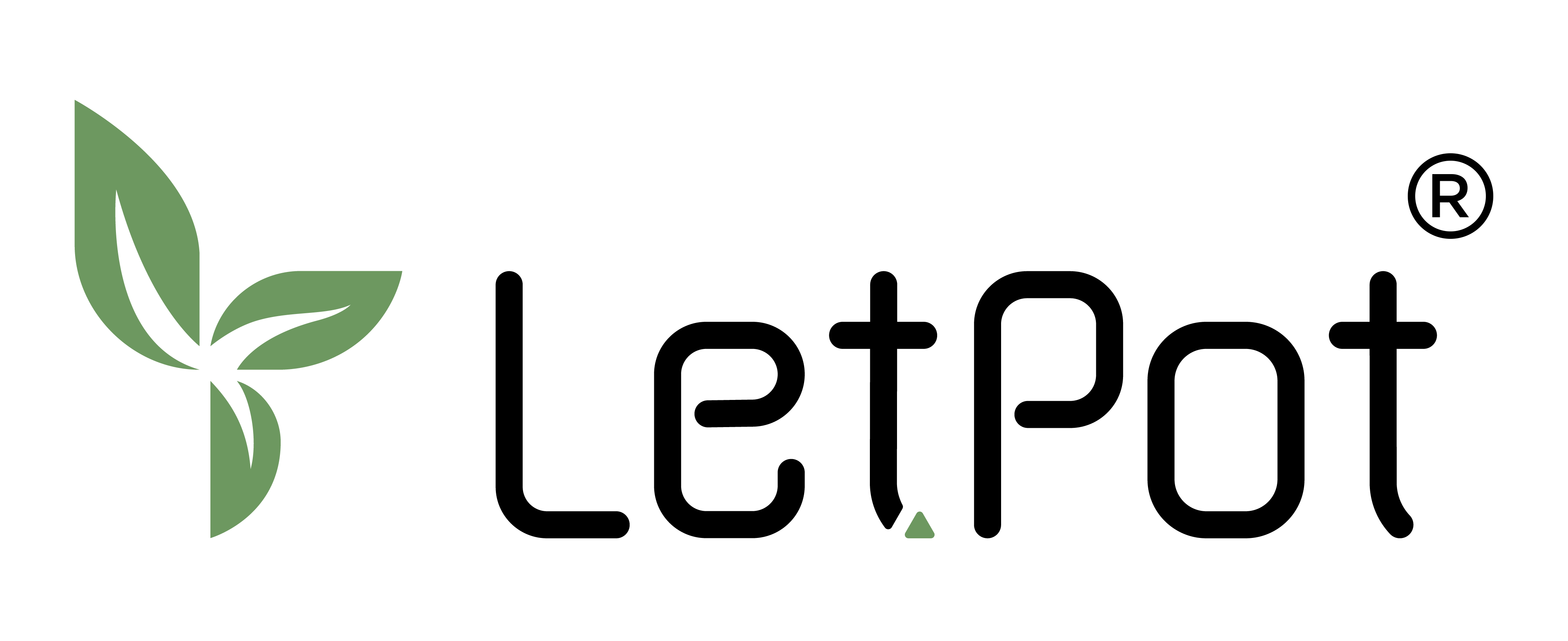
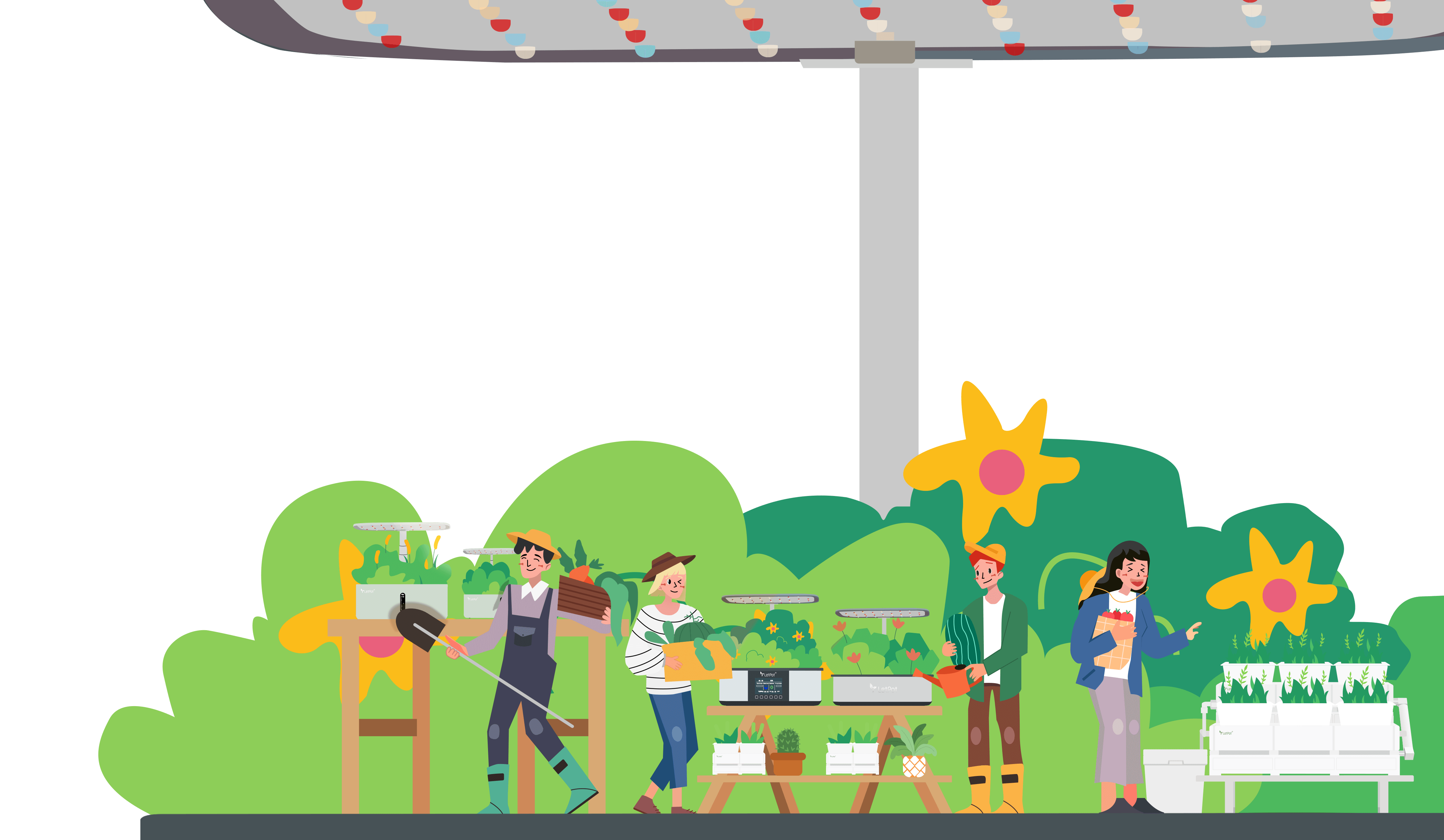
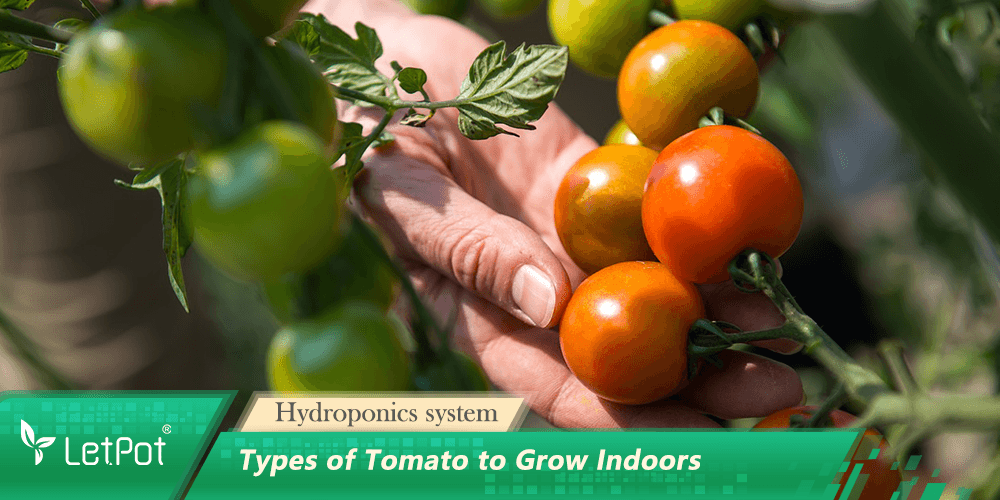
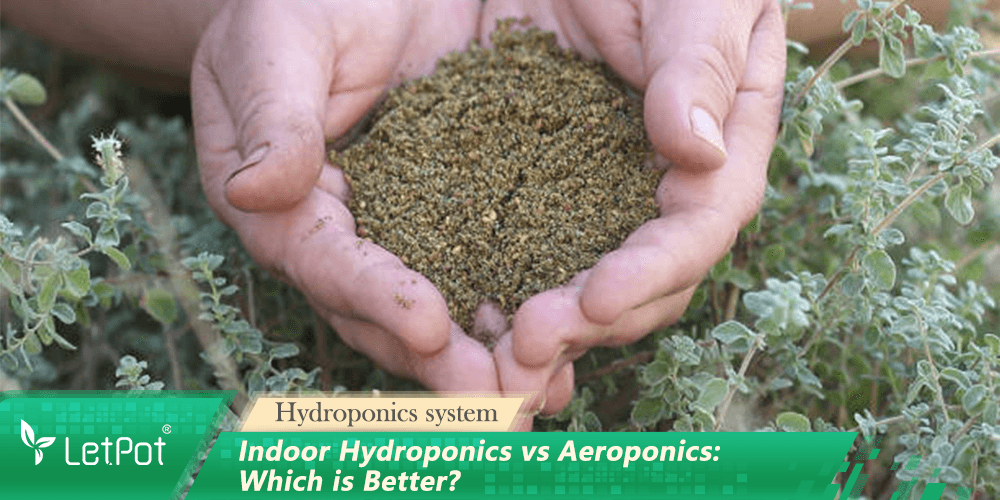
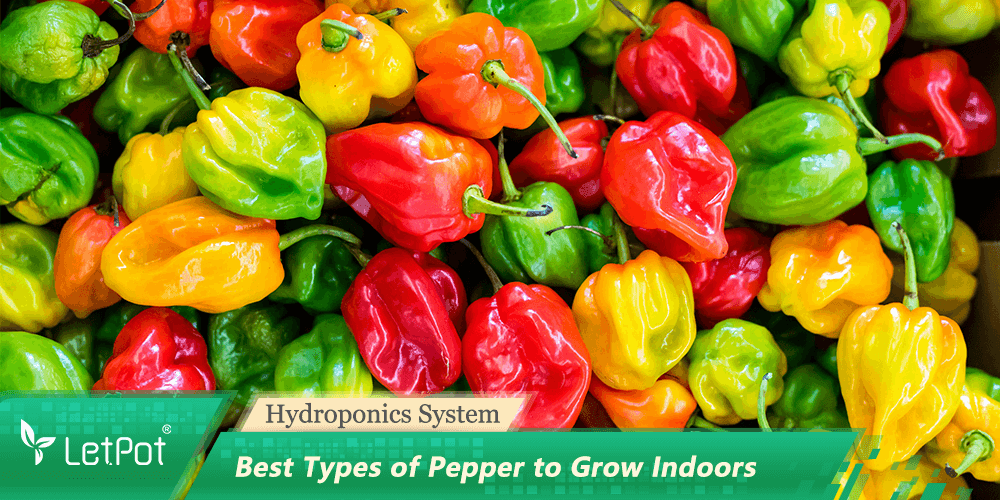
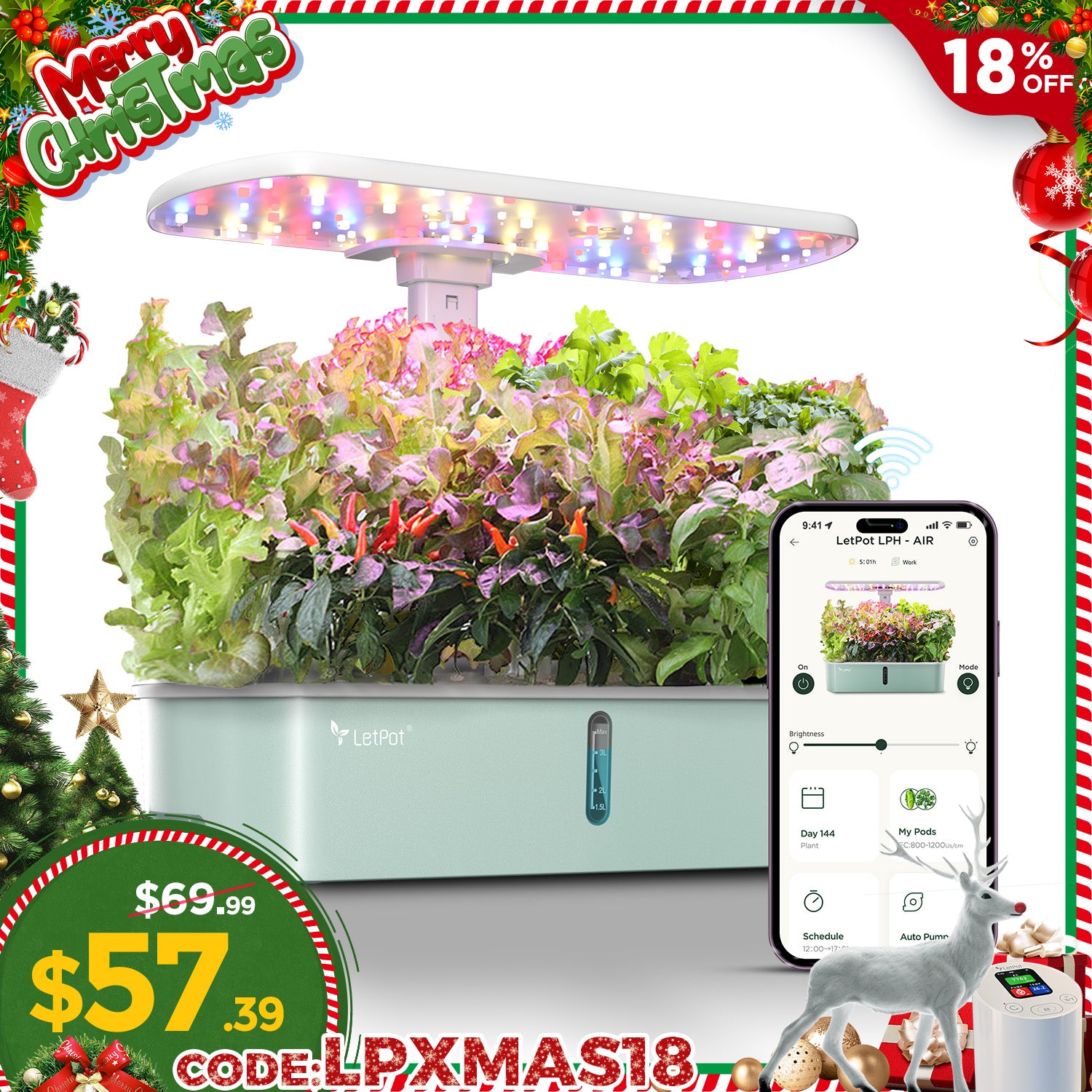

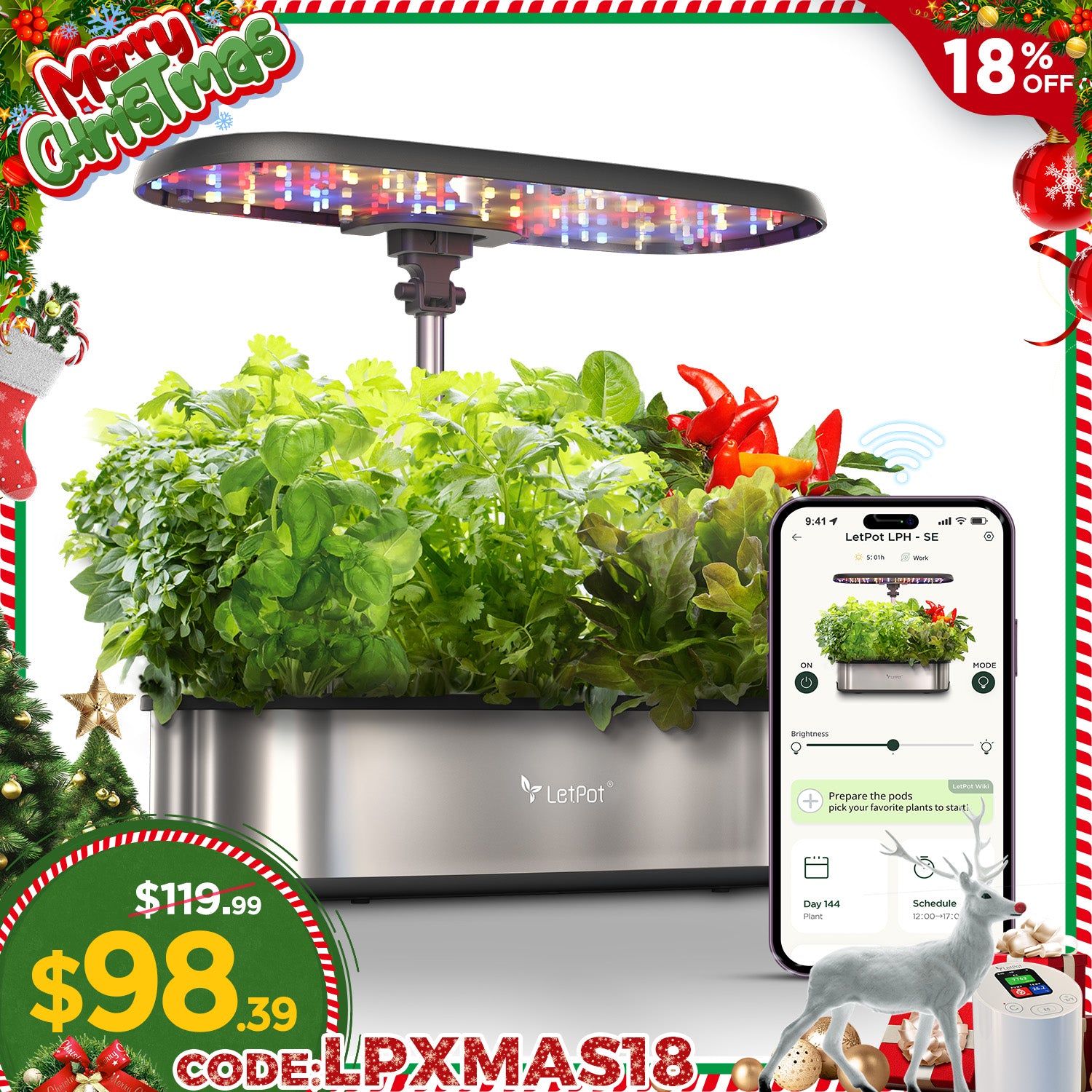
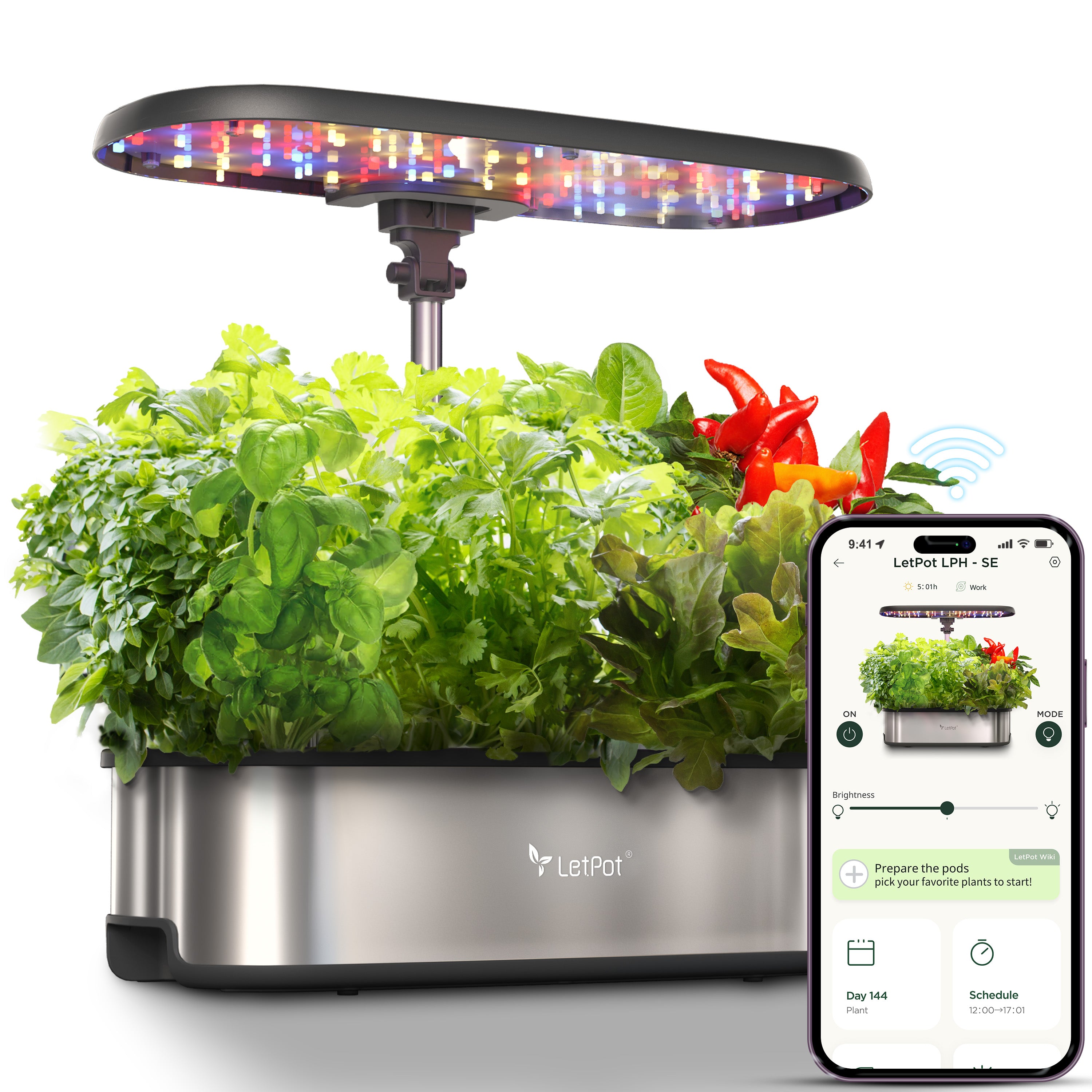
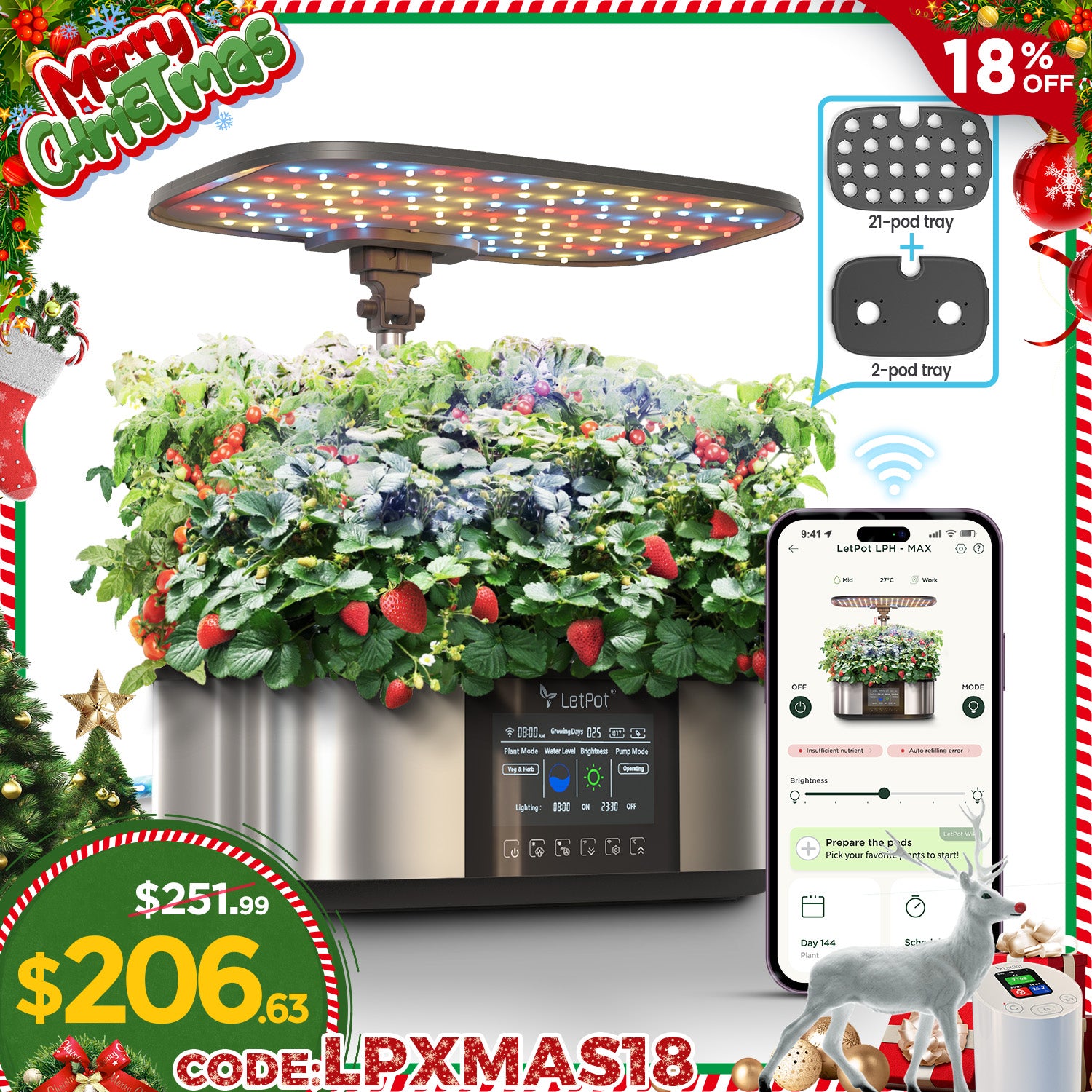
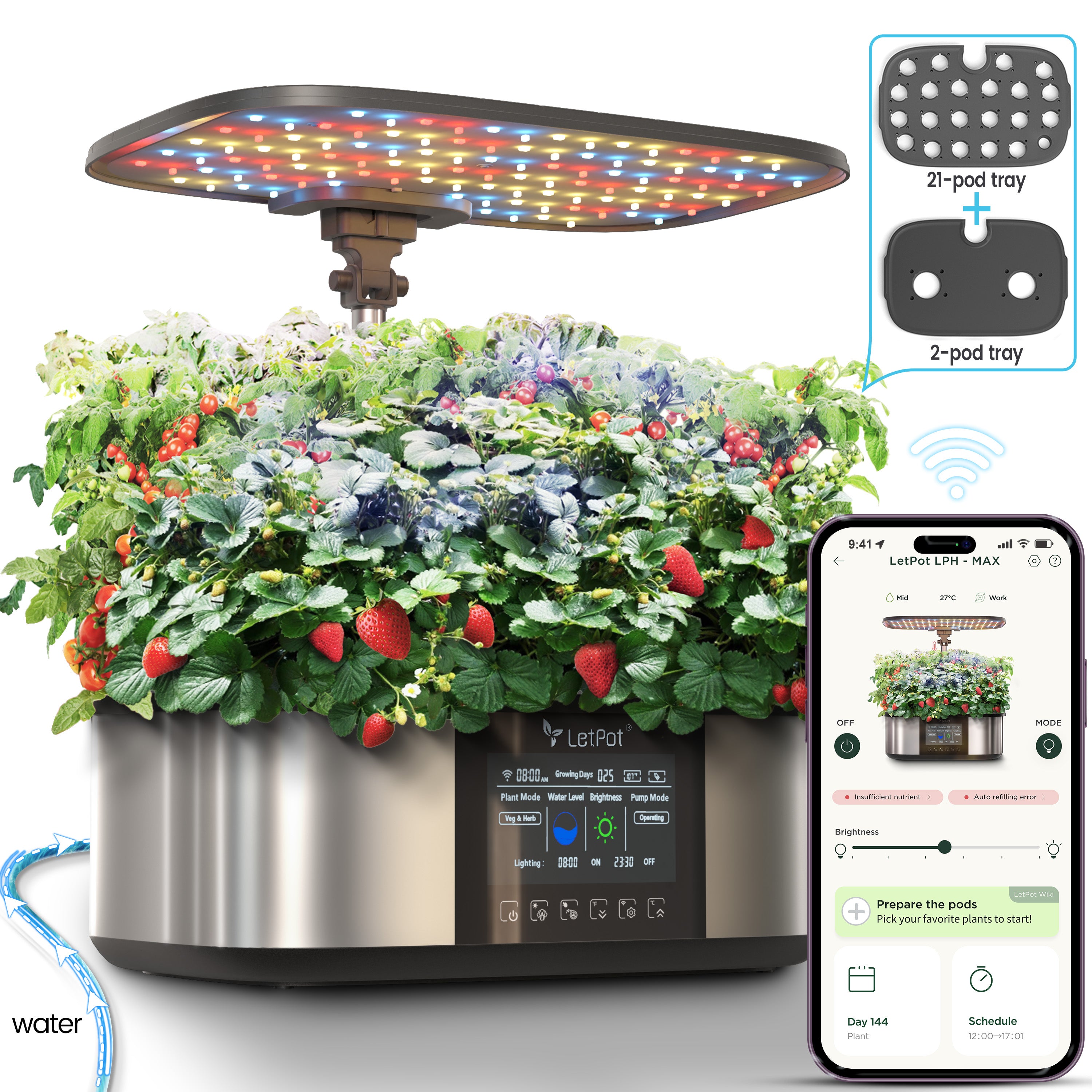
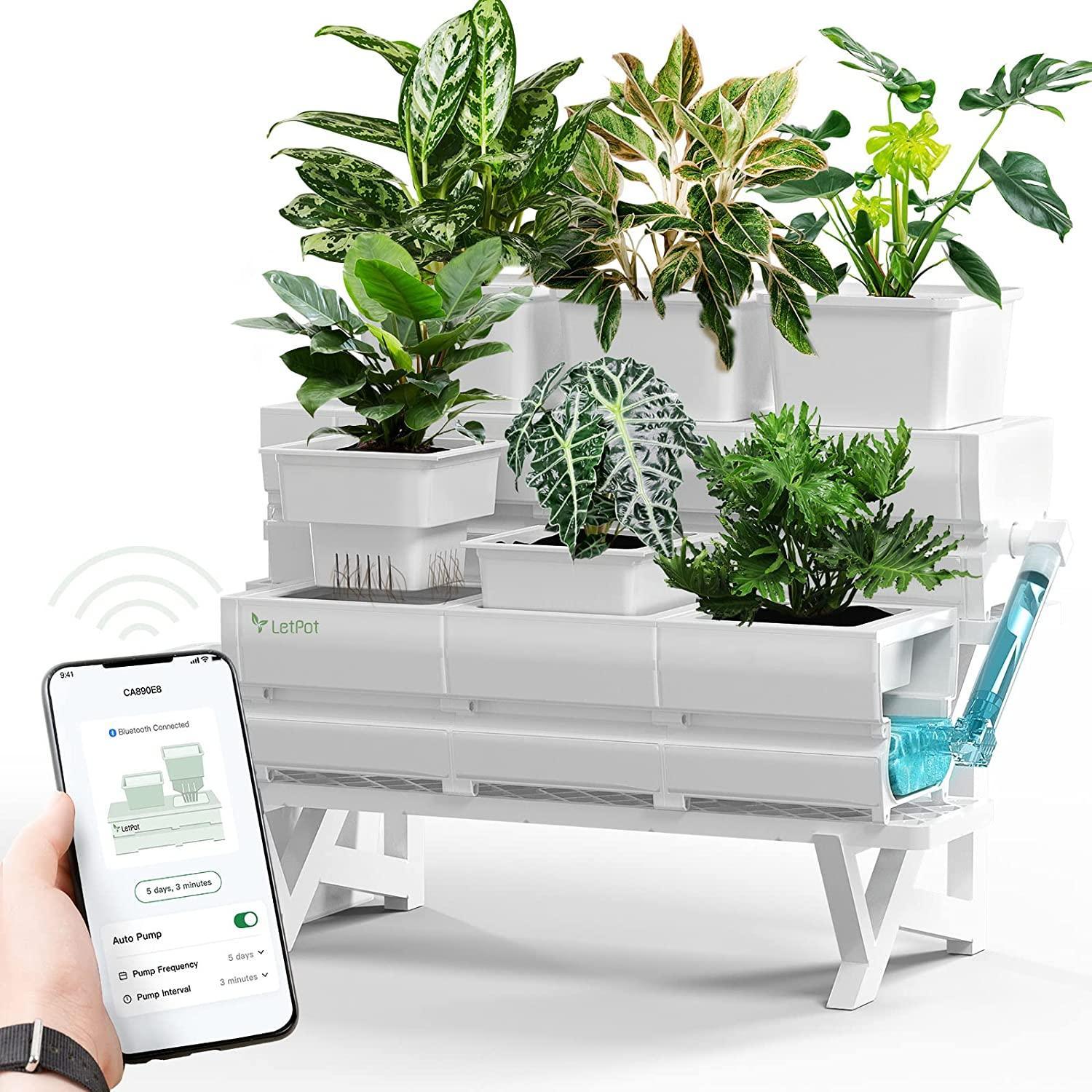
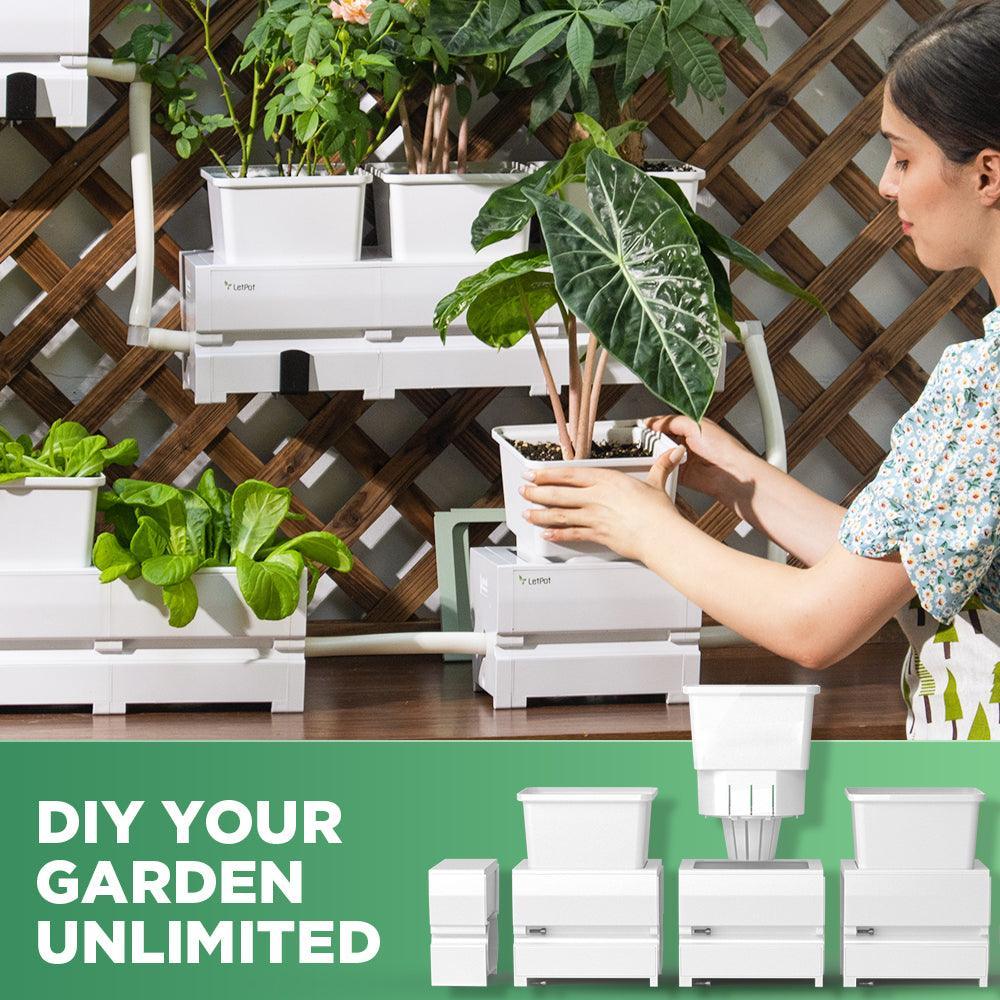
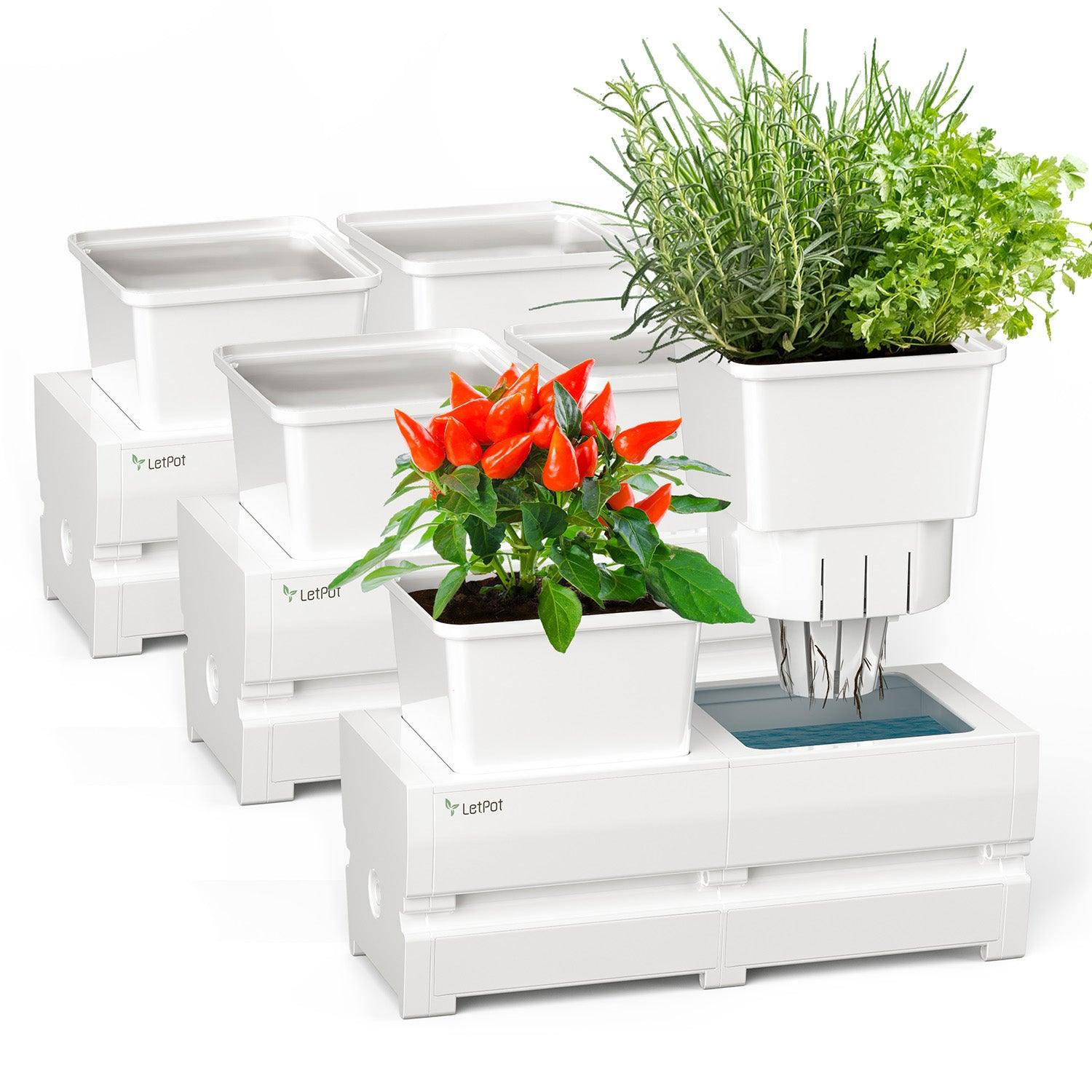
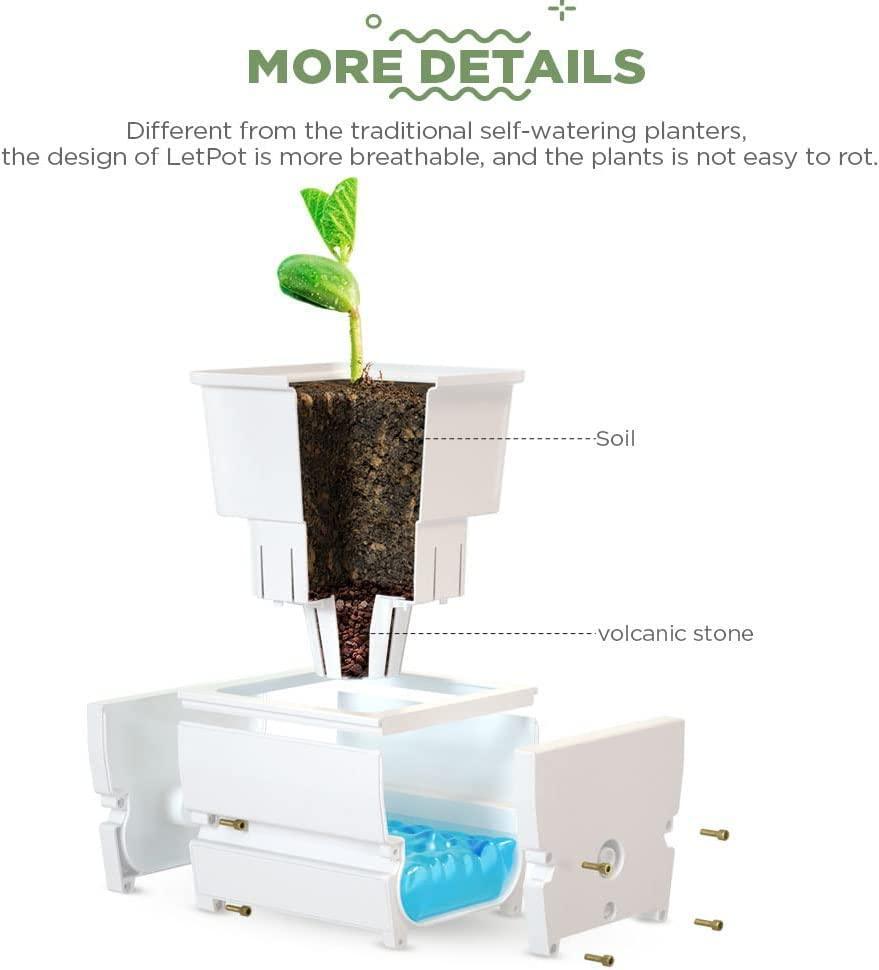
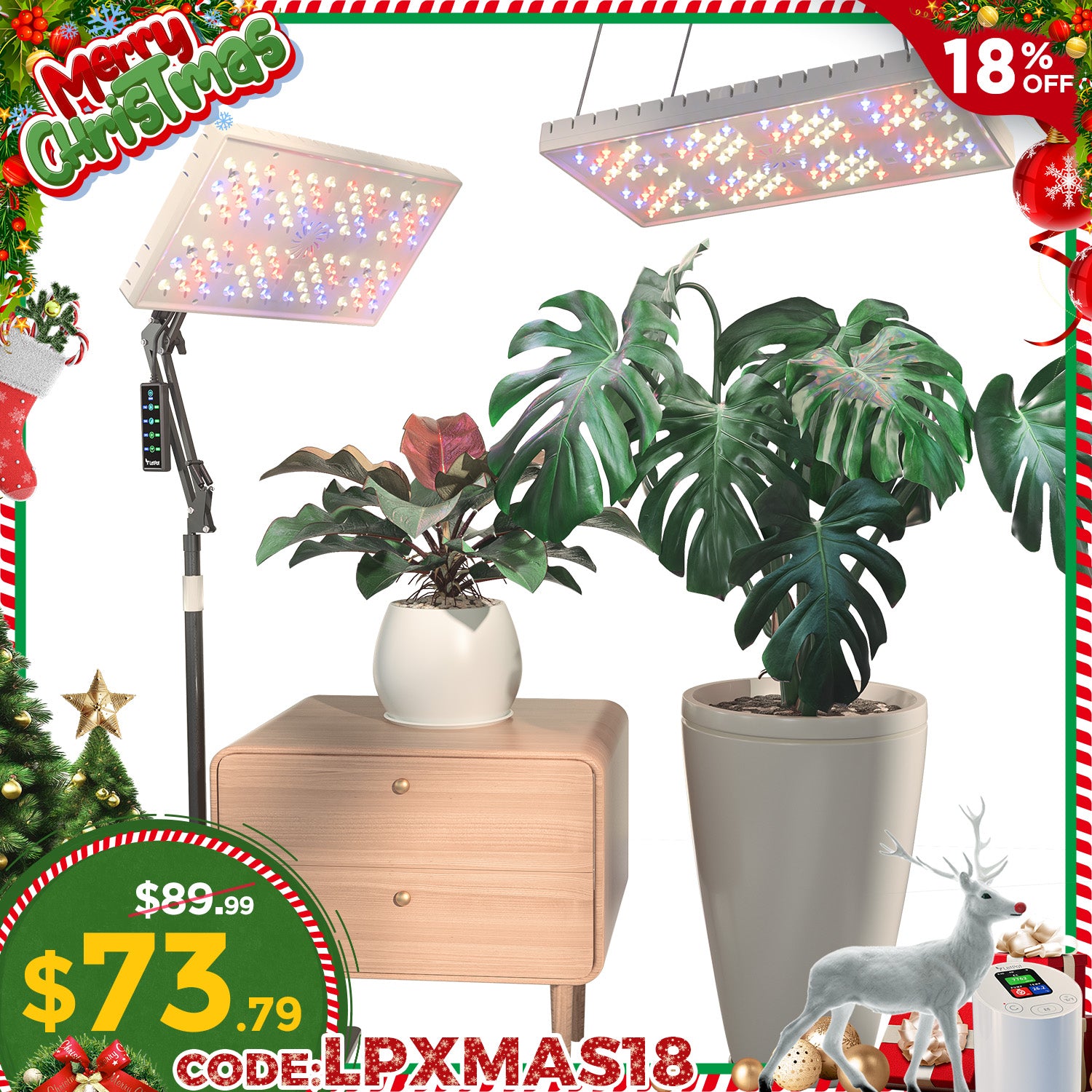
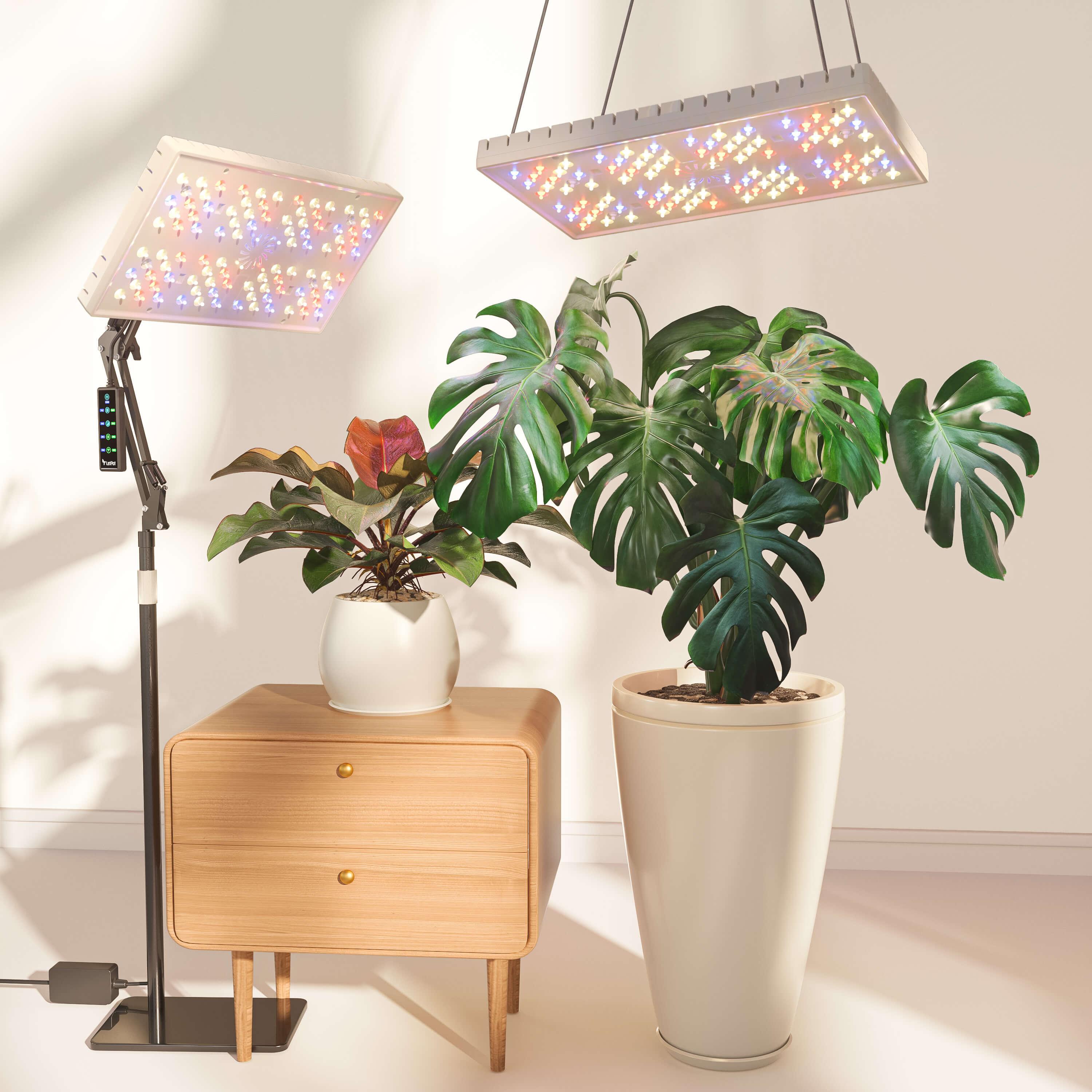
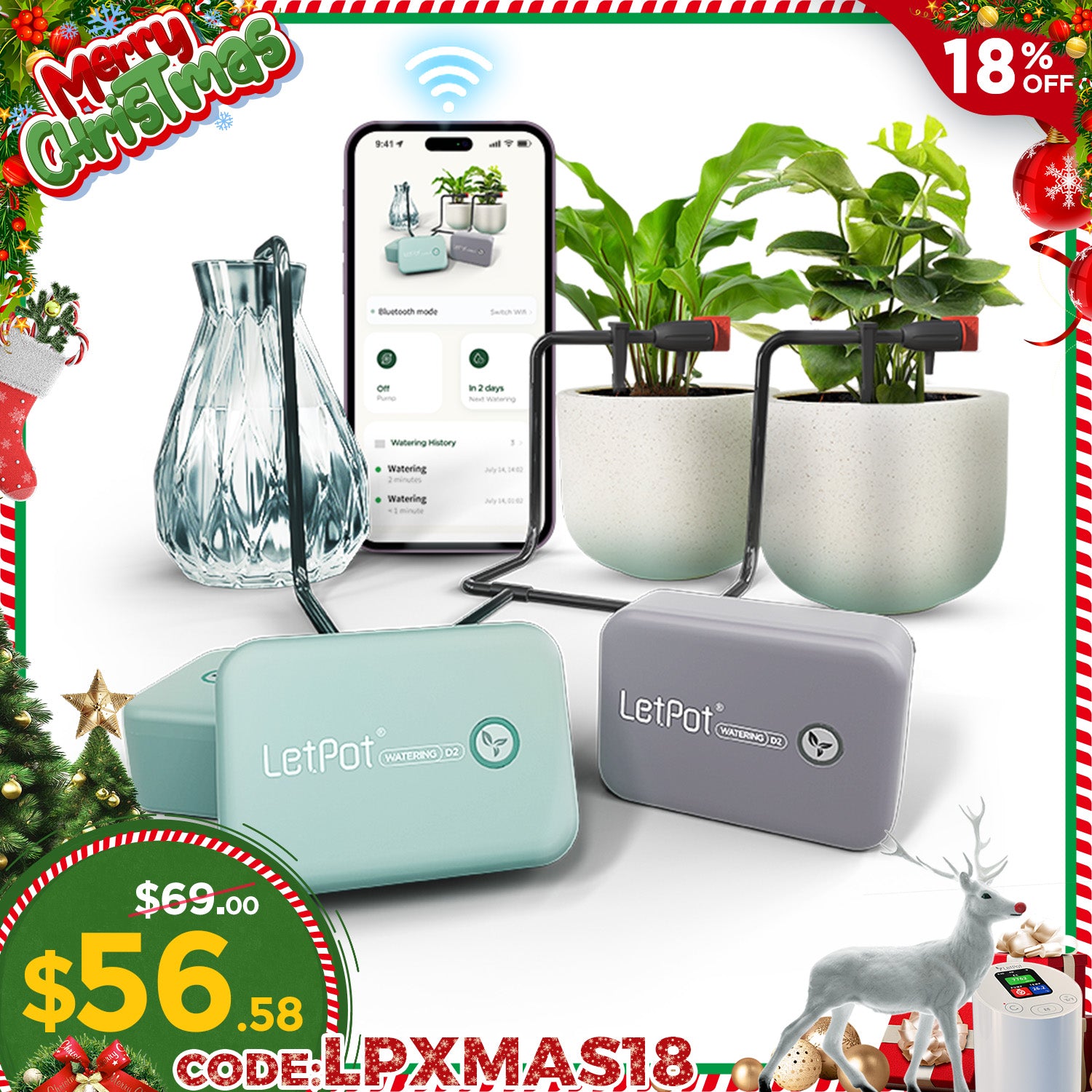

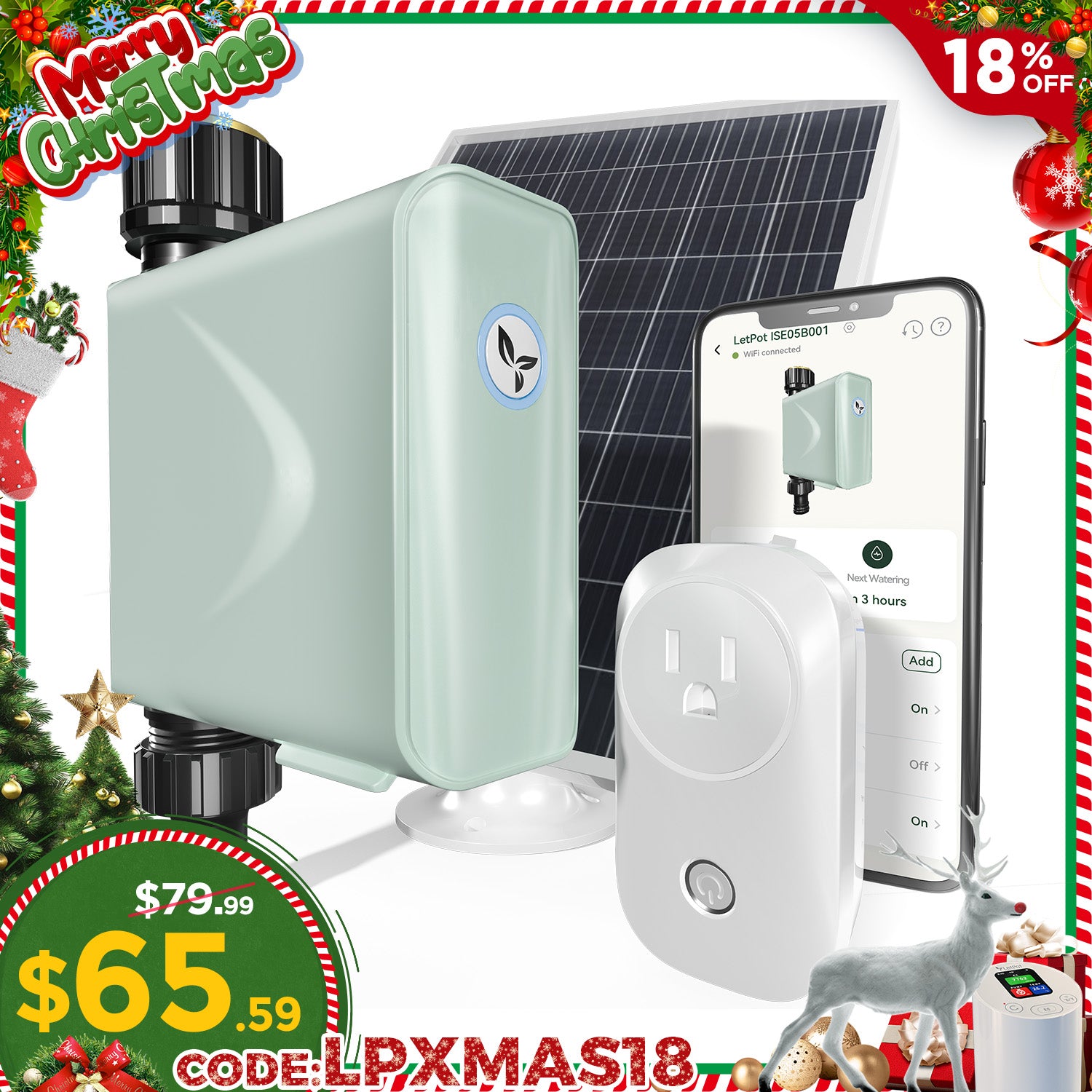
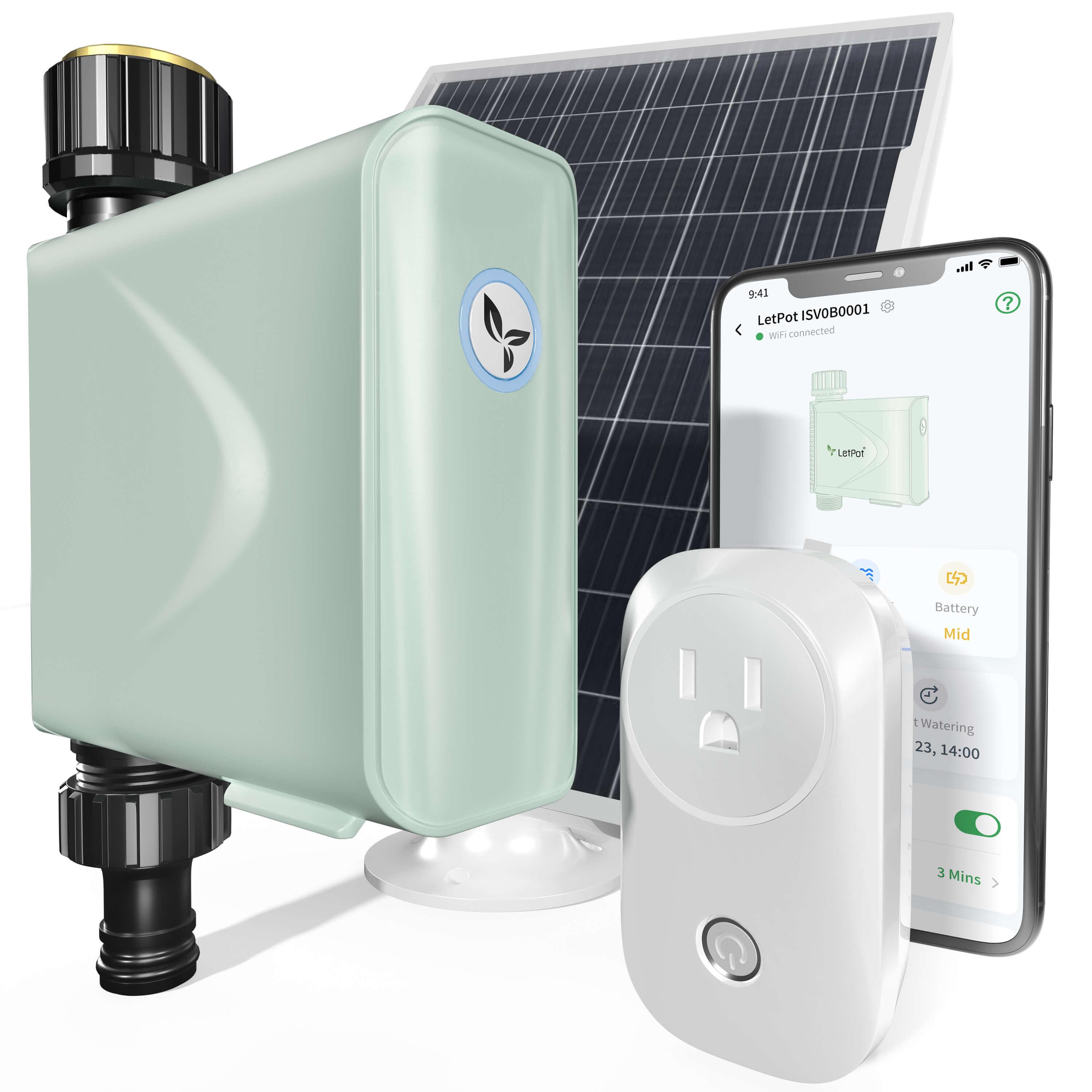

Leave a comment
All comments are moderated before being published.
This site is protected by hCaptcha and the hCaptcha Privacy Policy and Terms of Service apply.